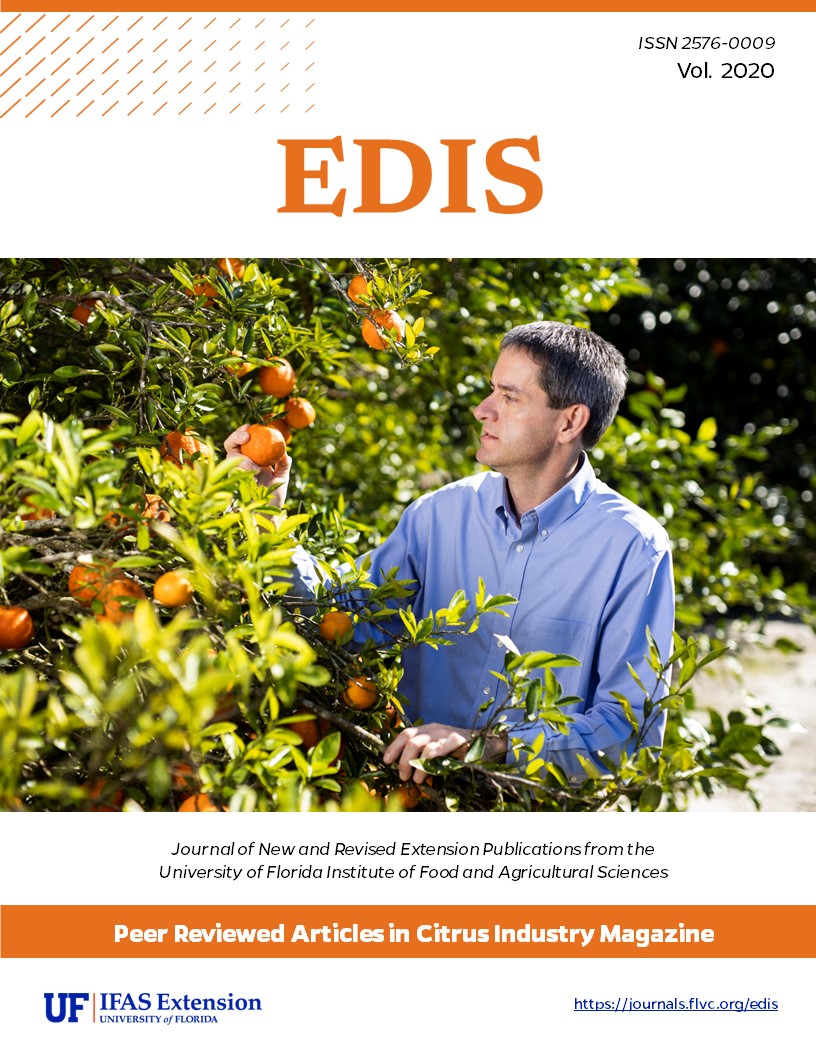Abstract
The Indian River District is the world’s premier grapefruit producer due to unique weather and soil conditions. The region allows the production of juicy and colorful fruit with thin rind that have been an export delicacy for many years. However, destructive weather events and the Huanglongbing (HLB) disease are devastating the grapefruit citrus industry since 2004.
HLB-affected citrus trees show severe leaf nutrient deficiencies such as Mg, Fe, Mn and Zn that are clear symptoms of inadequate nutrition. That is a direct result of the disease effects on plant physiology and reduction in root volume, affecting nutrient uptake since HLB causes loss of fibrous roots and reduces micronutrient absorption from the soil. It is well known that small doses and frequent application (also termed spoon-feeding) of liquid or controlled release fertilizer (CRF) result in higher yield in sweet orange.
HLB-affected citrus trees have smaller canopy volumes and lower fruit yield. Despite the reduced productivity, growers had increased production costs to control the insect vector and the bacteria causing the disease. The lower yield per tree and the increase in production costs have influenced grower decisions to increase tree density to get early returns on investment and stay in business. In the Indian River District, a region well known for poorly drained soils with low water and nutrient holding capacities, grapefruit is cultivated in raised beds due to the higher water table. Adjusting density in single-row plantings is challenging because it would requiring changing the raised bed width, increasing the production costs quite drastically. Staggered planting in diamond set is a potential solution for those limitations.
There is limited information available about the effects of tree spacing and CRF on grapefruit tree health, fruit yield and fruit quality. This article describes the responses of 1) soil application of different fertilizers and 2) use of increased tree planting spacing for higher fruit yield and fruit quality. Tree growth, nutrient content and fruit size were also measured but not reported.

